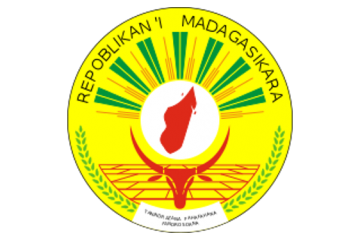Agrarian diagnosis of agricultural production systems North of Tulear Madagascar
![]() AGRICULTURE
AGRICULTURE ![]() ENVIRONMENT
ENVIRONMENT ![]() TRANSVERSAL
TRANSVERSAL

Services: Diagnostics and feasibility studies
Countries: Madagascar
Dates of intervention: 2019/07 - 2019/12
Amount executed: 59 773 €
Total amount of the service: 59 773 €
Main backer: Government of Madagascar - Client
Main beneficiary: Government of Madagascar
Support provider: SalvaTerra
Experts: Olivier BOUYER
Certificate of satisfactory executionEtude approfondie des systèmes de production agricole dans la Région Atsimo Andrefana - Rapport de diagnostic des systèmes de productionEtude approfondie des systèmes de production agricole dans la Région Atsimo Andrefana - Recommandations pour renforcer la rentabilité et pérennité des systèmes de productionEtude approfondie des systèmes de production agricole dans la Région Atsimo Andrefana - Synthèse du diagnostic et des recommandations
Context of the service
The Integrated Growth Poles and Corridors Project (PIC2) aims to contribute to economic recovery and growth based on private sector development.
In its 1st phase 2015-2019, it supported the cotton sector in the Atsimo Andrefana Region.
In its 2nd phase 2019-2023, still for the Atsimo Andrefana Region, it plans to support certain traditional value chains (cape peas, cowpeas), but also innovative value chains (artemisia, stevia, moringa, etc.).
To fine-tune the support for the 2nd phase, a study was commissioned to carry out a diagnosis of the peasant farmers' households (EAs) in place, and then to formulate recommendations to improve the profitability of these EAs.
Services provided
- Agrarian diagnosis of EAs through the collection and processing of data from 50 "EA" questionnaires (EA profile, production factors, agropastoral activities, techno-economic performance, opportunities and constraints, crop preferences, etc.);
- Preparation of business plans for the main crops through the collection and processing of data from 65 questionnaires (technical itinerary, schedule, work time, expenses, revenues, margins, etc.);
- Additional data and analyses on the downstream value chains (processing and marketing), via interviews with downstream operators and bibliographic analyses;
- Development of recommendations: 1 - Early warning system (EWS) for pests and diseases; 2 - Improved use of rainwater; 3 - Strengthening the offer of campaign credit; 4 - Strengthening the supply of equipment loans; 5 - Strengthening the technical capacities of EAs; 6 - Support for the diversification of EA production.
Summary of the service
Agrarian diagnosis of farms North of Tulear: Detailed analyses on a sample of farms (farm profile; production factors; agropastoral activities; technical-economic performance; opportunities and constraints; crop preferences; etc.); Development of recommendations (early warning systems for pests and diseases, improved use of rainwater, offer of campaign credit and equipment, capacity building in agroecology, diversification of production).